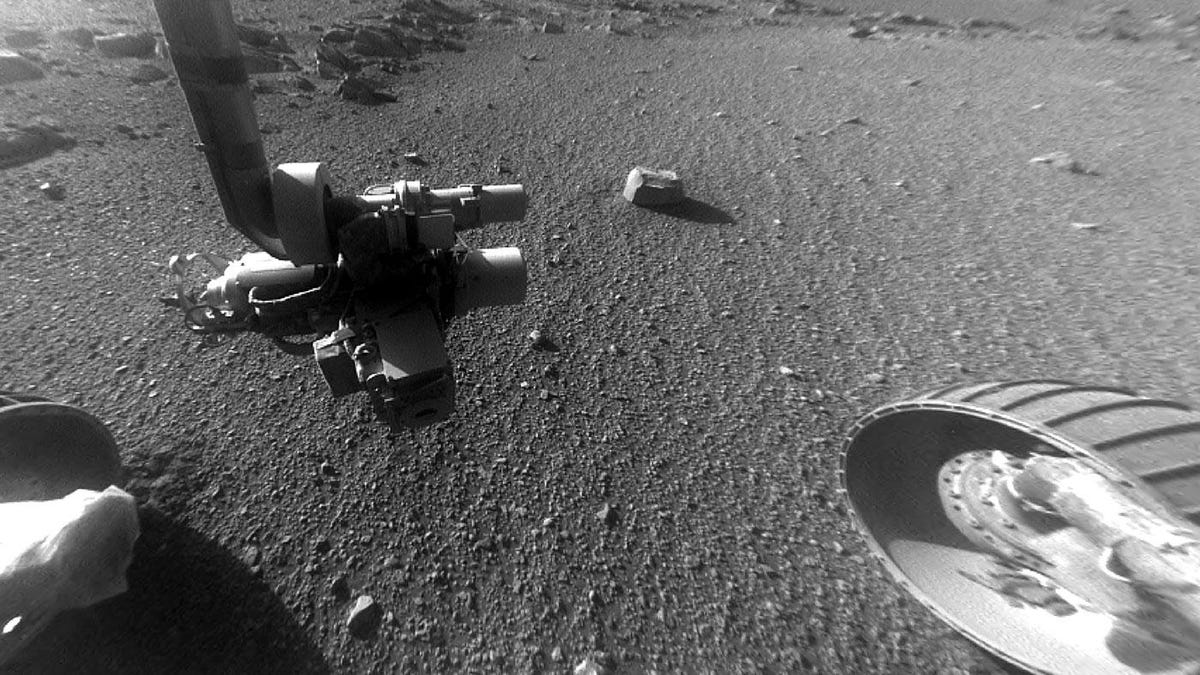NASA rover spots a stripey Mars surprise
NASA's Mars Opportunity rover delivers a look at some unexpected and mysterious formations on the ground.
Mars is starting to look a lot more like Hawaii in some intriguing new images sent back by NASA's Mars Opportunity rover.
You won't be planning a vacation on the Red Planet anytime soon, but NASA scientists are seeing similarities between formations found on the side of a Hawaiian volcanic cone and a series of corrugated rock stripes spotted on Martian slopes in an area called Perseverance Valley.
The Opportunity team calls the discovery of the possible rock stripes "surprising."
The Mars stripes are made up of alternating strips with more and less gravel on them. They look a lot like a series of rivulets. NASA also shared a photo of a section of the Mauna Kea volcano to show how the collections of stripes from different planets resemble each other.
These similar-looking rock stripes are found on a volcanic slope in Hawaii.
NASA says the stripes on Earth are usually caused by repeated freeze and thaw cycles of wet soil, but the Mars formations may also be shaped by wind, materials shifting downhill or other natural processes. That pretty much rules out unseen alien life on Mars raking out their own weird versions of a gravelly Zen garden.
Opportunity deputy principal investigator Ray Arvidson says the Mars stripes may have been from a time when snow collected on the slopes, melted and then went through a series of freeze-thaw cycles. "Gravitational downhill movement may be diffusing them so they don't look as crisp as when they were fresh," he says.
Arvidson calls the stripes mysterious and exciting. NASA researchers aren't sure yet exactly how the stripes might have formed. Opportunity team member Robert Sullivan says scientists are "entertaining multiple hypotheses and gathering more data to figure it out."
NASA launched Opportunity to Mars in 2003 for what was supposed to be a 90-Martian-day mission. It has outlived and outperformed expectations and continues to bring us fascinating discoveries.


